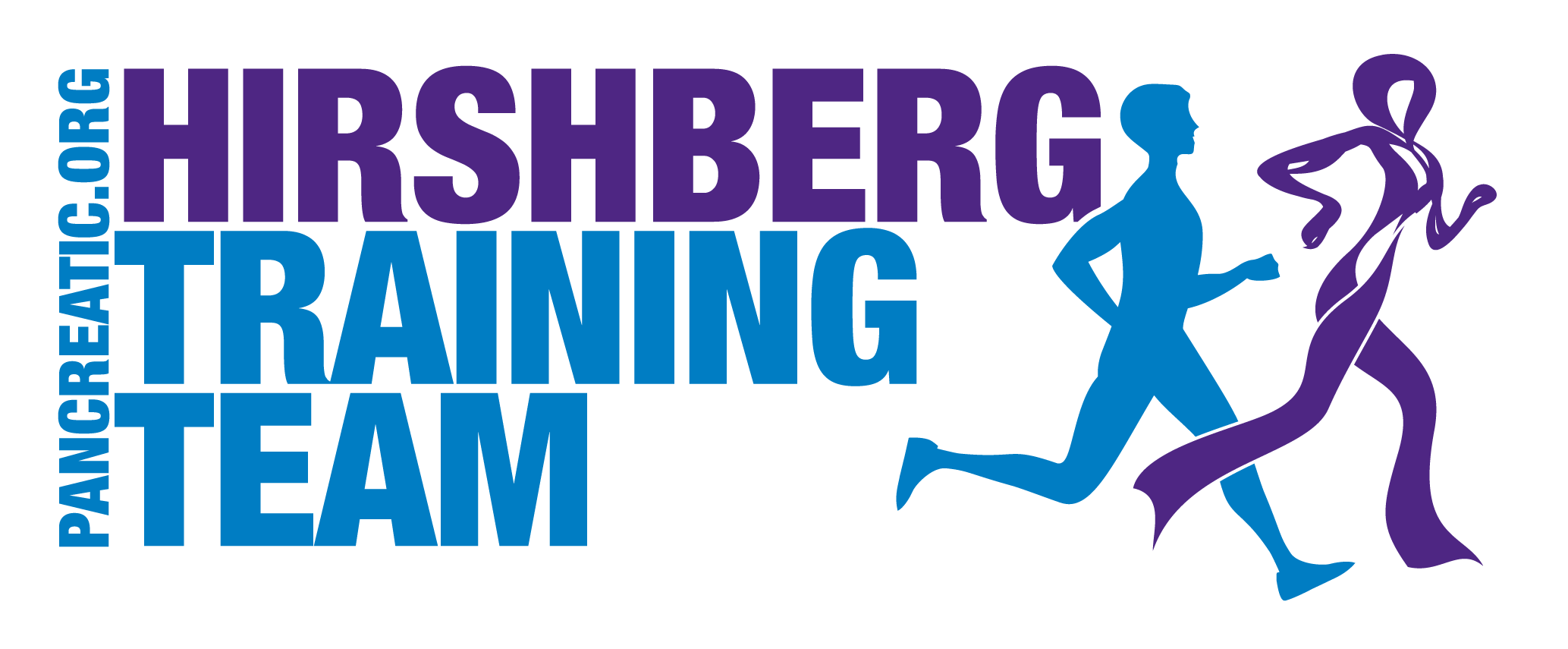
Running hills can help us improve our fitness level. Physically, running hills builds muscular and cardiovascular strength. Mentally, hills add a challenging touch to an advanced workout and therefore can be a good weapon against boredom. Olympic Marathon gold medalist Frank Shorter once referred to hills as “speed work in disguise”.
Once you have several weeks of a conditioning base under your belt, you can start to add some hills to your training. It is very important that you add them in small doses. Start with slight rolling hills and save the mountain trails for the future. It is important to avoid pounding on the descents.
Many coaches and strength experts believe that hills provide better leg strength for running than weight workouts. As you are going up the incline you are building the lower leg muscles. Weight lifting works on those same muscles but won’t train them as well for the demands of running. The large and small muscles in the legs must work together in harmony to produce a smooth, efficient stride. Hill running accomplishes this by building strength and coordination at the same time.
Hill training forces us to develop quick push-off and faster leg turnover. Distance running strength is measured in quick little pushes. Given the small number of steps you take per mile a small increase in efficiency will pay off in a marathon or half-marathon.
We only need to do hill work once a week. Start with an easy to moderate grade of no more than 5 %. Start with 2 to 4 repetitions and gradually increase from there. Remember to rest between hill reps as you are focusing on building strength rather than oxygen debt.
Maintaining a correct running form is an important part of hill training. Carry an upright body posture and keep a short stride with your feet directly underneath you. If you over stride during the hill workout you’ll miss out on some of the possible form improvements, making for slower recovery. When running downhill, lean slightly forward and allow gravity to do the work while maintaining control.
As you start uphill, shorten your stride. Don’t try to maintain the same pace you were running on the flat. Take “baby steps” if necessary, and try to keep the same turnover rhythm as on the flat. Your posture should be upright (don’t lean forward or back); head, shoulders and hips should form a straight line over the feet. Keep your feet low to the ground. If your breathing begins to quicken, this means you’re either going too fast, over striding or bounding too far off the ground.
You should use a light, “ankle-flicking” push-off with each step, not an explosive motion. (This wastes energy.) If the hill is long or the grade increases, keep shortening your stride to maintain a smooth and efficient breathing pattern. As for your arms you will want to use them to pull you up the hill. I imagine that I’m using a rope tow that pulls me up. When running down the hill, slightly lean forward as this will help your balance and allow for gravity which will lessen the effort. With this I think of downhill skiing.
Running hills has become a mainstay of my personal training regimen. By getting out on the trails, which is where I do my hill running, I am giving myself a rejuvenating break into more natural surroundings.
